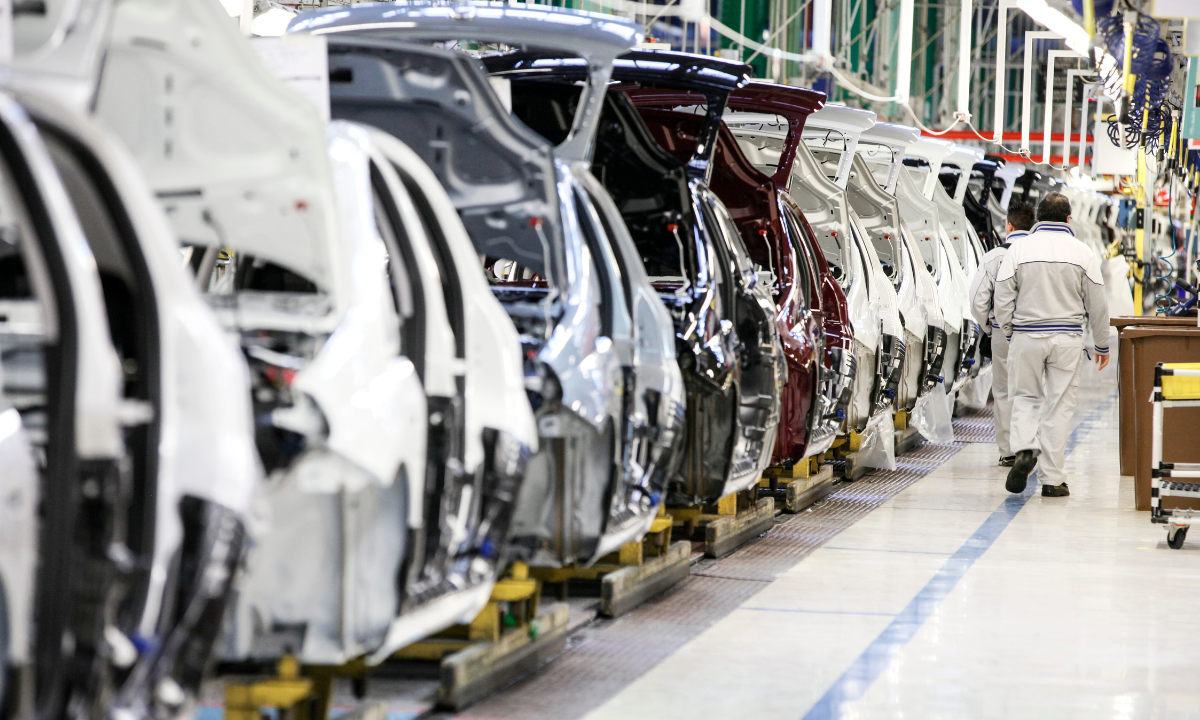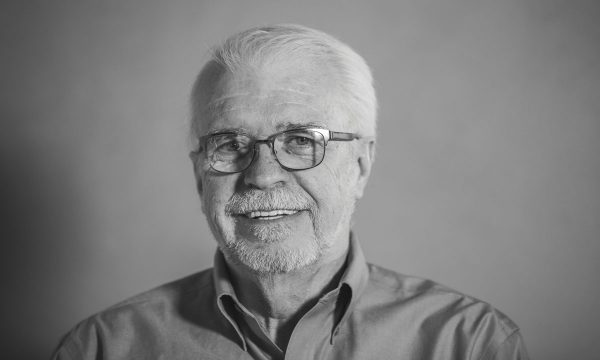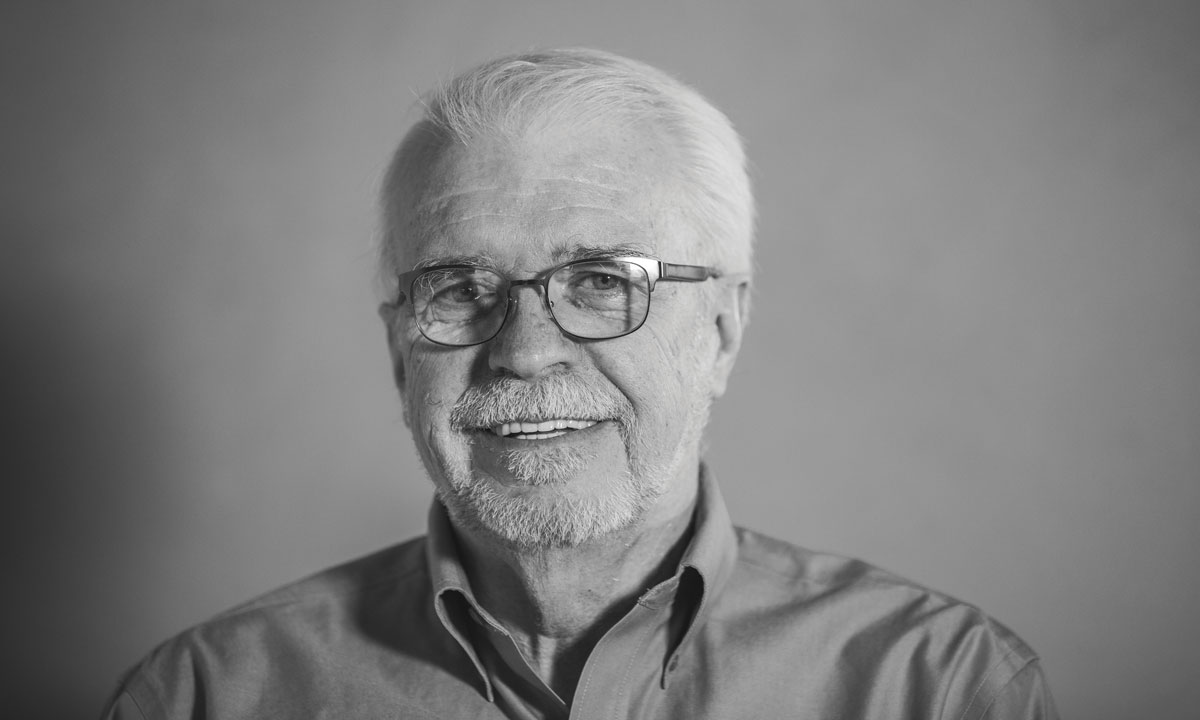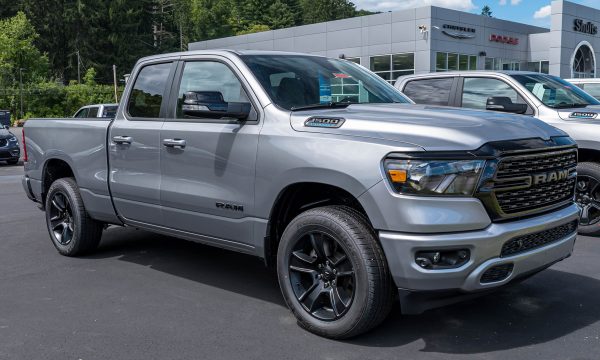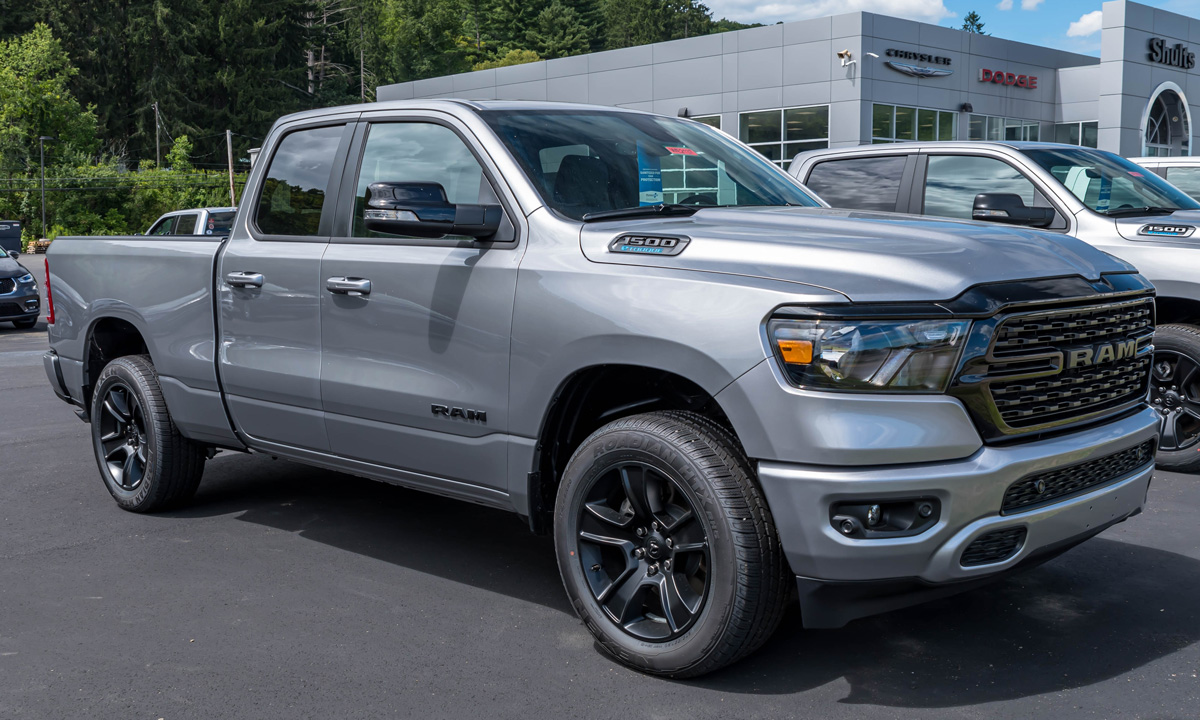Chinese automakers are eyeing North America but trade agreements make it more complex to navigate
The 2024 CADA Summit was an event filled with fascinating and insightful speakers that offered us, the viewers, new and original perspectives on the principal trends occurring within our industry.
Considering that the automotive sector is constantly changing and being transformed by new companies, technologies or governmental initiatives, it is crucially important to engage on these topics and share ideas.
The presentation by Michael Dunne, CEO of Dunne Insights, underlined precisely this need for open-mindedness, forward and strategic thinking. By highlighting the amazing growth from these EV-focused Chinese automotive companies, he kickstarted the necessary discussion — among dealers — about the potentiality of these companies integrating into North American markets.
The numbers presented by Dunne were astounding and showed how far ahead China was compared to the rest of the world in terms of total EVs being exported.
As an economist, I was extremely intrigued by this subject and thought our readers would be interested in a deeper dive on the political mechanics behind this seismic change in the EV market.
So, the first question I asked myself was: how complex will the interactions be between these proven Chinese automotive companies and the CUSMA requirements?
Obviously, with the current political tone in the United States, entering the U.S market directly will naturally be much more challenging for Chinese firms than it was for other Asian manufacturers. For instance, consumers’ willingness to be involved with Chinese brands could prove to be a major hurdle while being under constant and thorough evaluation by both Canadian and U.S lawmakers.
Now, the CUSMA question is a bit more complex. When the negotiations for the agreement started, many pundits thought the North American automotive industry trade structure would be transformed to align with Trump’s campaign and thus to bring manufacturing jobs back to the U.S. However, as the details were hashed out, it became overly clear that CUSMA was realigned to increase the efficiency of the North American industry while managing more accurately which companies have access to it.
In fact, by coupling more stringent rules of origin (regional value content) with the newly added articles (labour value content) requiring that 40-45 per cent of auto content be made by workers earning at least 16$ an hour, they created an environment that is extremely hard to penetrate for manufacturers operating mostly out of North America.1
The CUSMA agreement protects the regionally integrated value chains while preserving most of the competitive advantages shared between the three nations that allowed this industry to thrive over the last 30 years. Similarly to the 1965 Auto Pact, the agreement’s intent is to grow the automotive sector while keeping it North American.
In other words, the CUSMA agreement was rooted in the idea that foreign manufacturers were welcome if the underlying vehicle production was mostly regional. The problem with this approach is that there are no mechanisms embedded into the law that would allow signatories to discriminate towards a foreign company. Evidently, this is rapidly becoming a headache for American decision makers and public officials.
On one hand, the change towards a full EV market is well under way which exacerbates the need for more competition, variety and inventory. On the other hand, some American companies have already positioned themselves as leaders during this transition, while Chinese firms, who are seen as the other major players in the global EV market, are poised to compete for market shares in North America — and CUSMA seems to be allowing it.
Mexican authorities haven’t shied away from publicly mentioning that there is burgeoning interest from Chinese automotive companies to invest in Mexico. For example, almost 400 million in Chinese automotive manufacturing investments were made in 2023, a 350 per cent increase since 2020. At the same time, MG (founded by SAIC Motor, a state-owned Chinese automaker) has openly mentioned that they are planning to build a 1 to 2 billion dollar factory in Mexico in the upcoming years.2
The CUSMA requirements, while initially perceived as being strict, are seen by Chinese companies as a great option to not only obtain manufacturing capabilities closer to those in China but also to evade the 27 per cent tariffs that have been imposed since the start of Trump’s administration.
This “Mexico as a proxy”’ trend is already well under way. Besides the investments aforementioned, 18 of the 33 Chinese auto-parts manufacturers located in Mexico were exporting to the U.S under the purview of CUSMA.3
While an increase in foreign investments can be seen as a net positive for the Mexican economy, the interactions with the Americans will need to be balanced and well calculated. U.S public officials are monitoring the situation closely and it has been reported that the government is increasingly worried.
In a letter to the United States Trade Representative Katherine Tai, four members of the U.S House of Representatives have asked for a new investigation into the practices used by the People’s Republic of China (PRC) to grow and promote their automotive industry (subsidization, labour conditions, localization, etc.)4
While China’s usage of the CUSMA mechanics so far seems to be legitimate, tension is building within the North American political sphere. The U.S and Mexican government even agreed to introduce a foreign investment screening as an extra layer of security protection in the region.
It will be interesting to see how this situation evolves in the next few months as the need for EVs (and cheap ones!) keeps being induced by both American and Canadian policies. The U.S government leadership will undoubtedly set the pace for any decisions made by our own politicians and the chosen direction might very well be tainted by strong protectionist and anti-PRC sentiments.
One thing is for sure, expect the fiery discussion on rules of origin to arise once again between the three partners as, for once, more could be at stake than mere economic performance — and everybody knows it.
REFERENCES:
1 Mathieu Arès & Charles Bernard, Make America Great Again: a new auto pact for the North American car industry? from NAFTA 2.0, pp.69, 2023.
2 Financial Times, US concern over Mexico attracting Chinese electric vehicle factories, 2023.
3 Mexico News Daily, As Chinese manufacturers set up shop near Mexico’s Tesla, the US is watching closely, 2023
4 Mexico News Daily, As Chinese manufacturers set up shop near Mexico’s Tesla, the US is watching closely, 2023
